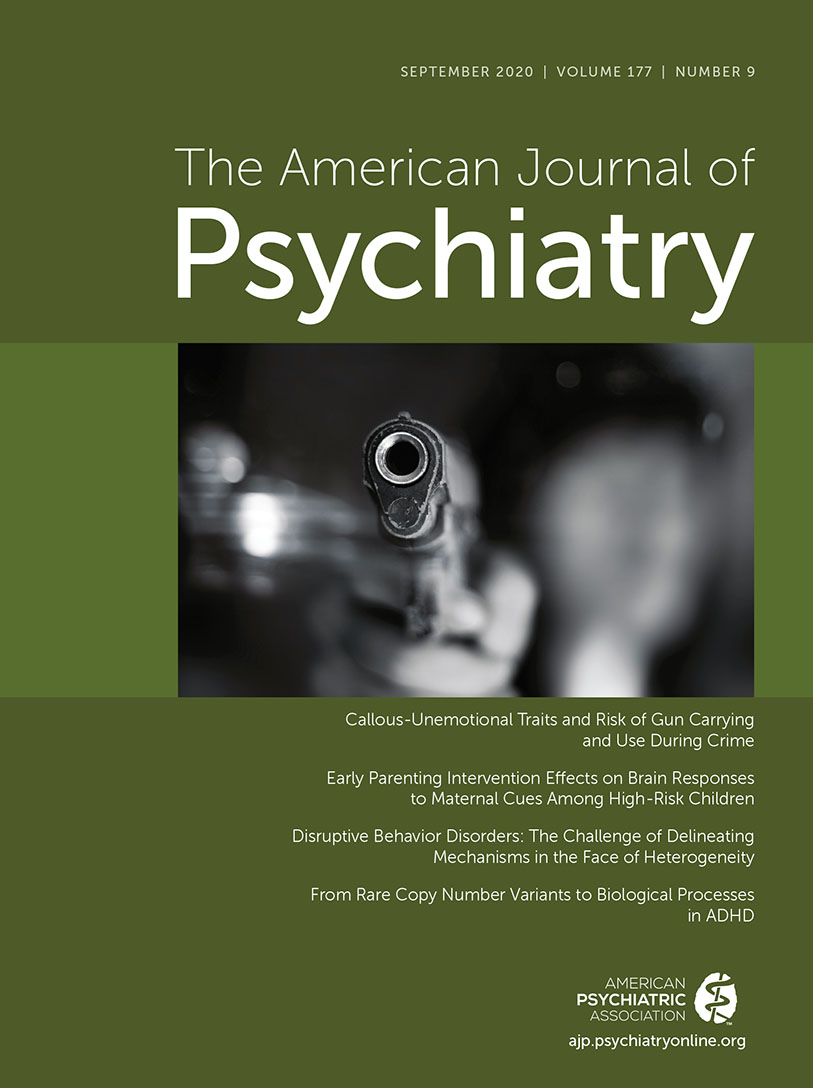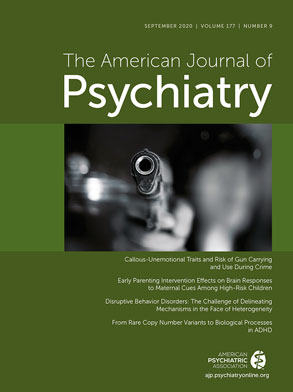The goal of this guideline is to improve the quality of care and treatment outcomes for patients with schizophrenia, as defined by the
Diagnostic and Statistical Manual of Mental Disorders, 5th Edition (
American Psychiatric Association 2013). Since publication of the last full practice guideline (
American Psychiatric Association 2004) and guideline watch (
American Psychiatric Association 2009) on schizophrenia, there have been many studies on new pharmacological and nonpharmacological treatments for schizophrenia. Additional research has expanded our knowledge of previously available treatments. The guideline focuses specifically on evidence-based pharmacological and nonpharmacological treatments for schizophrenia but also includes statements related to assessment and treatment planning that are an integral part of patient-centered care (
Box 1).
Worldwide, schizophrenia is one of the top 20 causes of disability (
GBD 2017 Disease and Injury Incidence and Prevalence Collaborators 2018). The lifetime prevalence of schizophrenia is estimated to be approximately 0.7% (
McGrath et al. 2008;
Moreno-Küstner et al. 2018;
van der Werf et al. 2014), although findings vary depending on the study location, demographic characteristics of the sample, the approach used for case-finding, the method used for diagnostic confirmation, and the diagnostic criteria used. Economic burdens associated with schizophrenia are high (
Chapel et al. 2017;
Jin and Mosweu 2017), with an estimated cost of more than $150 billion annually in the United States based on 2013 data (
Cloutier et al. 2016). Schizophrenia is also associated with increased mortality, with a shortened lifespan and standardized mortality ratios that are reported to be twofold to fourfold those in the general population (
Hayes et al. 2017;
Heilä et al. 2005;
Hjorthøj et al. 2017;
Laursen et al. 2014;
Lee et al. 2018;
Oakley et al. 2018;
Olfson et al. 2015;
Tanskanen et al. 2018;
Walker et al. 2015). The common co-occurrence of other psychiatric disorders (
Plana-Ripoll et al. 2019), including substance use disorders (
Hunt et al. 2018), contributes to morbidity and mortality among individuals with schizophrenia. About 4%−10% of persons with schizophrenia die by suicide, with rates that are highest among males in the early course of the disorder (
Drake et al. 1985;
Heilä et al. 2005;
Hor and Taylor 2010;
Inskip et al. 1998;
Laursen et al. 2014;
Nordentoft et al. 2011;
Palmer et al. 2005;
Popovic et al. 2014;
Saha et al. 2007;
Tanskanen et al. 2018). Increases in morbidity and mortality related to physical health in individuals with schizophrenia are likely associated with such factors as obesity, diabetes, hyperlipidemia, greater use of cigarettes, reduced engagement in health maintenance (e.g. diet, exercise), and disparities in access to preventive health care and treatment for physical conditions (
Bergamo et al. 2014;
De Hert et al. 2011;
Druss et al. 2000;
Janssen et al. 2015;
Kisely et al. 2007,
2013;
Kugathasan et al. 2018;
Lawrence et al. 2010;
Moore et al. 2015). Lack of access to adequate psychiatric treatment may also influence mortality (
Schoenbaum et al. 2017). Accordingly, the overall goal of this guideline is to enhance the treatment of schizophrenia for affected individuals, thereby reducing the mortality, morbidity, and significant psychosocial and health consequences of this important psychiatric condition.

